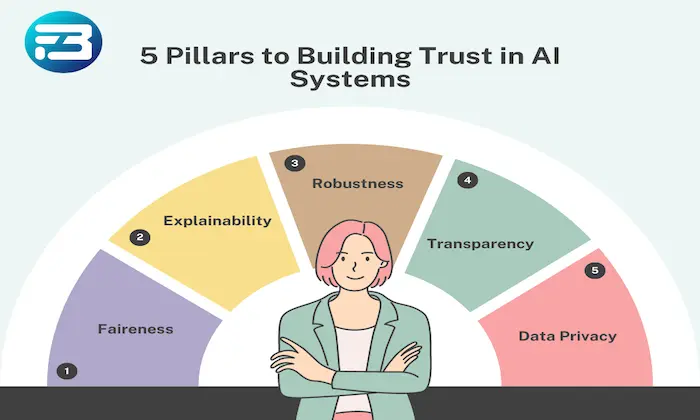What is the Speaker Verification Error Rate (SVER) in evaluation?
Speaker Verification
Evaluation
Voice Authentication
Speaker Verification Error Rate (SVER) is a crucial metric in the realm of voice biometrics, evaluating how effectively a speaker verification system can distinguish between different speakers based on their vocal characteristics. This metric is vital for applications such as authentication systems, where accurate speaker recognition is paramount for security and user satisfaction.
The Critical Importance of Monitoring SVER
Understanding and optimizing SVER is essential due to its direct impact on:
- Security: In sectors like banking and telecommunications, a high SVER could lead to unauthorized access, compromising sensitive information.
- User Experience: Balancing the error rates is key. A high False Rejection Rate (FRR) frustrates legitimate users, while a high False Acceptance Rate (FAR) endangers data security.
- System Performance: By tracking SVER, teams can refine their systems, ensuring they meet evolving needs and maintain high standards of security and usability.
How SVER Works in Practice
To effectively manage SVER, systems undergo comprehensive evaluations:
- Data Collection: A diverse dataset is fundamental, incorporating a wide range of speakers and conditions to ensure the system's robustness and adaptability. For structured data gathering, explore speech data collection.
- Testing Protocols: Evaluations include both controlled environments and real-world scenarios, simulating conditions with varying noise levels and speaking styles to test system resilience.
- Measuring Errors: The rates of false acceptances and rejections are calculated by comparing system outputs against known speaker identities, providing a measure of accuracy and reliability.
- Threshold Adjustments: Adjusting decision thresholds allows for a tailored balance between FAR and FRR, optimizing the system for specific application needs.
Real-World Impact and Applications
SVER plays a significant role in the success of various applications:
- Banking Security: Reliable speaker verification can prevent unauthorized transactions, protecting both institutions and customers.
- Telecommunications: Ensures secure access to personal accounts and services, enhancing user trust and operational efficiency.
Common Challenges and Best Practices
- Diverse Speaker Representation: Incorporating a wide range of accents, ages, and speaking styles is crucial to avoid bias and ensure system accuracy across different user demographics. Consider using a general conversation dataset for unscripted speech data.
- Real-World Testing: Evaluations must reflect actual usage conditions to ensure systems can handle unexpected challenges and maintain performance.
- Continuous Monitoring: As systems evolve, ongoing assessment of SVER is necessary to adapt to new threats and user behaviors, ensuring sustained reliability.
Enhancing Voice Verification Reliability Through SVER Insights
Improving SVER involves strategic adjustments and technological advancements, such as leveraging machine learning to enhance acoustic modeling and speaker recognition technology. FutureBeeAI, as a leader in AI data solutions, provides the high-quality datasets necessary for refining these systems, ensuring they are both secure and user-friendly. Explore AI/ML data collection for comprehensive solutions.
For businesses seeking to optimize their voice authentication systems, partnering with a reliable data provider like FutureBeeAI can significantly enhance system performance, offering custom speech dataset creation that adheres to the highest standards of quality and diversity.
Smart FAQs
Q. How can SVER be improved in speaker verification systems?
A. Enhancing SVER involves using diverse training datasets, adjusting system thresholds, and employing advanced machine learning techniques to improve system adaptability and accuracy.
Q. What role does environmental noise play in affecting SVER?
A. Environmental noise can impact both FAR and FRR by causing misidentifications. Incorporating noise-cancellation technologies and training with diverse environmental conditions can mitigate these effects, improving overall
system reliability.
What Else Do People Ask?
Related AI Articles
Browse Matching Datasets
Acquiring high-quality AI datasets has never been easier!!!
Get in touch with our AI data expert now!








